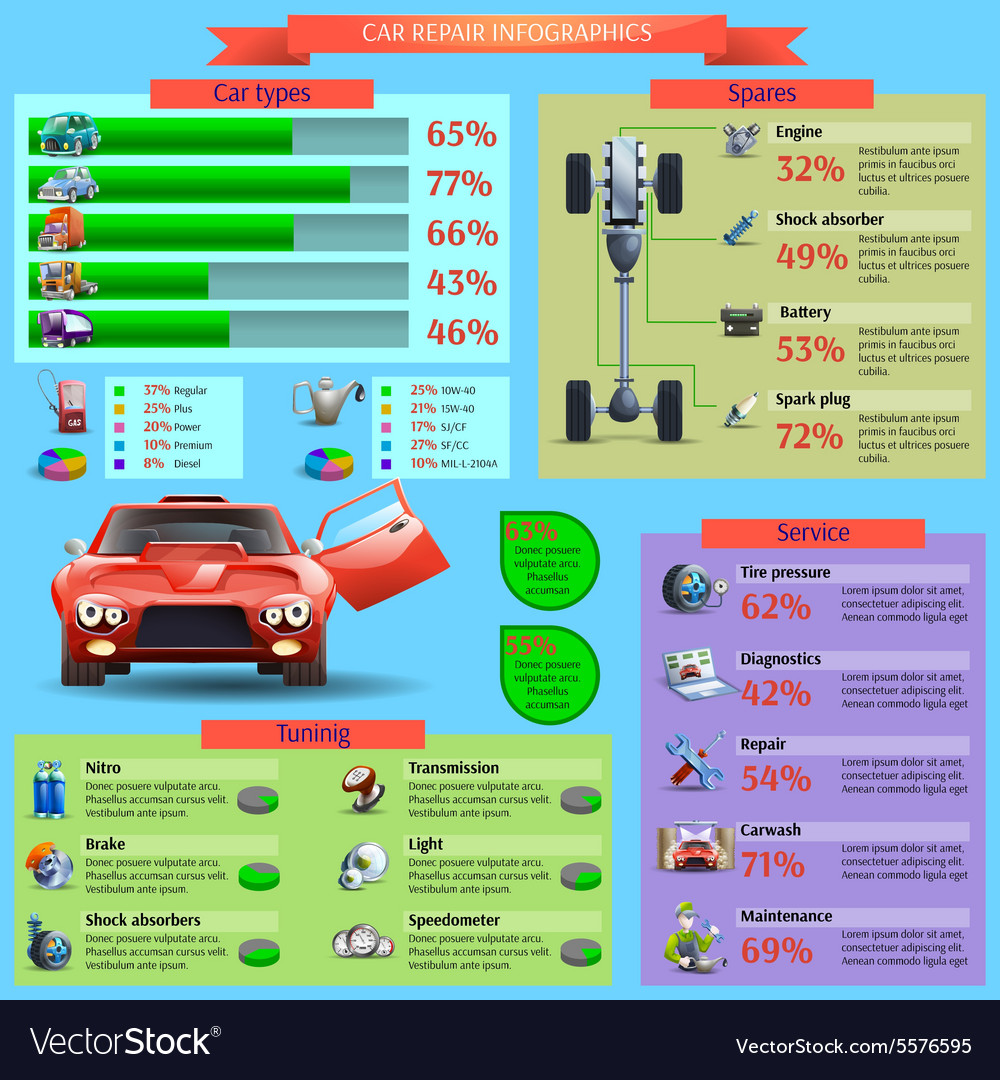Comprehending Your Cars And Truck'S Caution Lights: What Do They Truly Mean?
Comprehending Your Cars And Truck'S Caution Lights: What Do They Truly Mean?
Blog Article
Web Content Writer-Lim Winters
When you're behind the wheel, those glowing warning lights on your dashboard can be a bit bewildering. Do you recognize what they're trying to inform you about your automobile's wellness? Recognizing the value of these lights is vital for your security and the durability of your lorry. So, the next time one of those lights appears, wouldn't you wish to analyze its message properly and take the essential steps to resolve it?
Common Caution Lights and Interpretations
Determine common caution lights in your vehicle and understand their definitions to guarantee safe driving.
One of the most normal caution lights consist of the check engine light, which signifies problems with the engine or exhausts system. If this light comes on, it's crucial to have your lorry checked without delay.
The oil stress warning light indicates low oil pressure, calling for prompt interest to stop engine damage.
A blinking battery light could recommend a defective billing system, possibly leaving you stranded if not dealt with.
The tire pressure surveillance system (TPMS) light alerts you to low tire stress, impacting lorry stability and fuel performance. Disregarding this can bring about risky driving conditions.
The abdominal light suggests a problem with the anti-lock braking system, jeopardizing your capacity to quit quickly in emergency situations.
Last but not least, the coolant temperature level advising light warns of engine getting too hot, which can lead to serious damage otherwise settled swiftly.
Comprehending these typical warning lights will certainly assist you resolve problems quickly and preserve safe driving problems.
Value of Prompt Focus
Comprehending the usual caution lights in your cars and truck is only the initial step; the importance of quickly addressing these cautions can not be highlighted enough to ensure your safety when driving.
When a caution light illuminates on your control panel, it's your car's way of communicating a prospective issue that needs attention. Neglecting these warnings can cause much more severe issues later on, compromising your safety and security and possibly costing you a lot more out of commission.
Prompt focus to alerting lights can stop breakdowns and accidents. For example, a blinking check engine light can suggest a misfire that, if left unattended, can create damage to the catalytic converter. Addressing this immediately can save you from a pricey repair.
In a similar way, a brake system advising light may indicate low brake liquid or worn brake pads, important parts for your safety when driving.
DIY Troubleshooting Tips
If you discover a caution light on your control panel, there are a couple of do it yourself fixing tips you can attempt before seeking expert help.
The very first step is to consult your automobile's handbook to comprehend what the certain caution light shows. Sometimes carinteriorcleaningnearme can be as basic as a loosened gas cap causing the check engine light. Tightening the gas cap might resolve the problem.
An additional typical problem is a reduced battery, which can activate various warning lights. Examining the battery connections for deterioration and ensuring they're safe and secure might take care of the problem.
If a warning light persists, you can try resetting it by disconnecting the car's battery for a few mins and then reconnecting it. In addition, inspecting your lorry's fluid degrees, such as oil, coolant, and brake fluid, can aid troubleshoot cautioning lights connected to these systems.
Final thought
In conclusion, comprehending your car's warning lights is crucial for maintaining your car running smoothly and safely. By without https://www.newportri.com/story/news/local/2022/02/24/newport-ri-cjs-tire-auto-service-struggling-after-theft-fraud-112-jt-connell-highway/6908493001/ dealing with these informs and recognizing what they indicate, you can avoid pricey fixings and possible breakdowns.
Bear in mind to consult your cars and truck's manual for specific information on each alerting light and take action as necessary to make certain a trouble-free driving experience.
Stay informed, stay risk-free when traveling!
